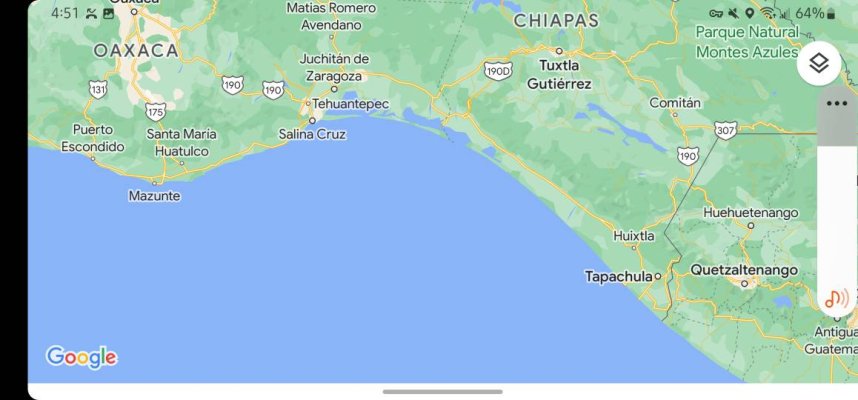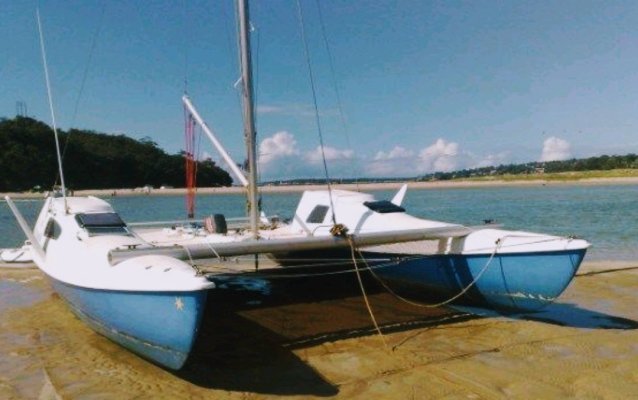As I recall, forecast accuracy of Santa Ana winds is relatively recent. They have been known for years, but creating an actionable forecast was elusive, which was Hippocampus' point.
This thread spawned a couple Baja threads. I pulled out my 20-year old cruising guide "Mexico Boating Guide" and another by the same authors John & Pat Rains "Florida to California." Both accomplished commercial delivery skippers, John also penned one of the great books on weather forecasting. He describes "Tehuentepeckers' or T-Peckers.
Tehuentepec is a large, sweeping bay at the southern end of Mexico. Something like 200 nms long which makes it tempting to cut across. Unfortunately, that puts you well over 50 nms offshore. There is a local weather phenomenon where winds scream over the narrow isthmus of Mexico and accelerate to speeds easily reaching hurricane strength. If you're caught 50 nms offshore, you can be in serious trouble, especially if you aren't willing to cede hard won seaway and head downwind. Even just 20 years ago, Rains' best guidance was to watch for a high pressure dome over Texas which aligns the winds perfectly to sweep over the T-Pec isthmus (which was considered for what became the Panama Canal). Best advice I received was to hug the shore so there is no fetch. I've seen 30+ kts sustained but barely ripples. It adds less than 30 nms to the crossing.
Another weather lesson I learned in the same area. Huatulco was a popular cruiser staging area to cross T-Pec on a Southbound passage. Two things would happen: they would wait for perfect conditions for the entire 1.5 day run vs leave when conditions were acceptable for the middle leg, a much easier window (sort of the Gretzky approach of skating to where the puck will be). Second, herd mentality runs rampant in the cruiser community so weather decisions for departure planning would be dictated by the lowest denominator. It's why I'm adamant that developing an independent weather sense is the most important seamanship skill for cruising independence.
BTW- same weather phenomenon several hundred miles further south in Golfo de Papagayo Costa Rica.
The Sea of Cortez has its own unusual weather patterns. I forget what they are called locally but they are preceeded by extraordinary calm conditions - the only wavelets are from pelicans diving for fish (slight exaggeration), a day or two of that, and all hell breaks loose.
So obviously, I do not totally discount local weather phenomenon. But I am comfortable with improvements in forecasting reduce risk to an acceptable level for me.
Peter




